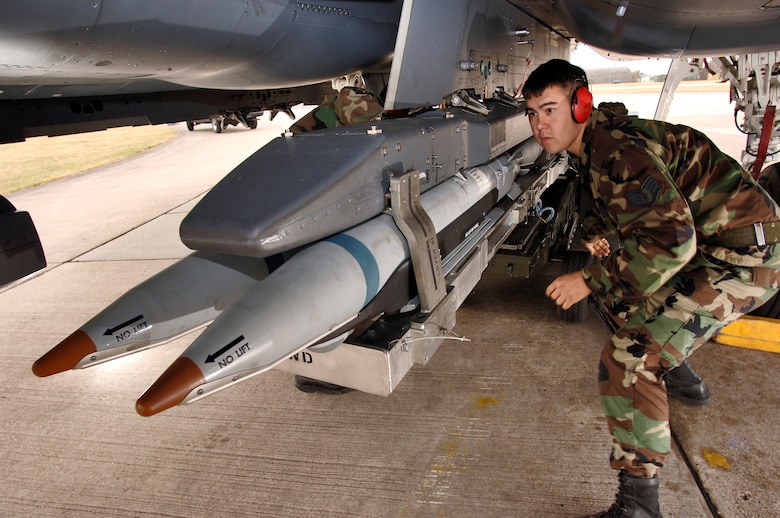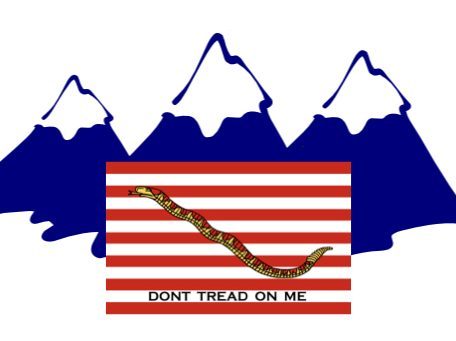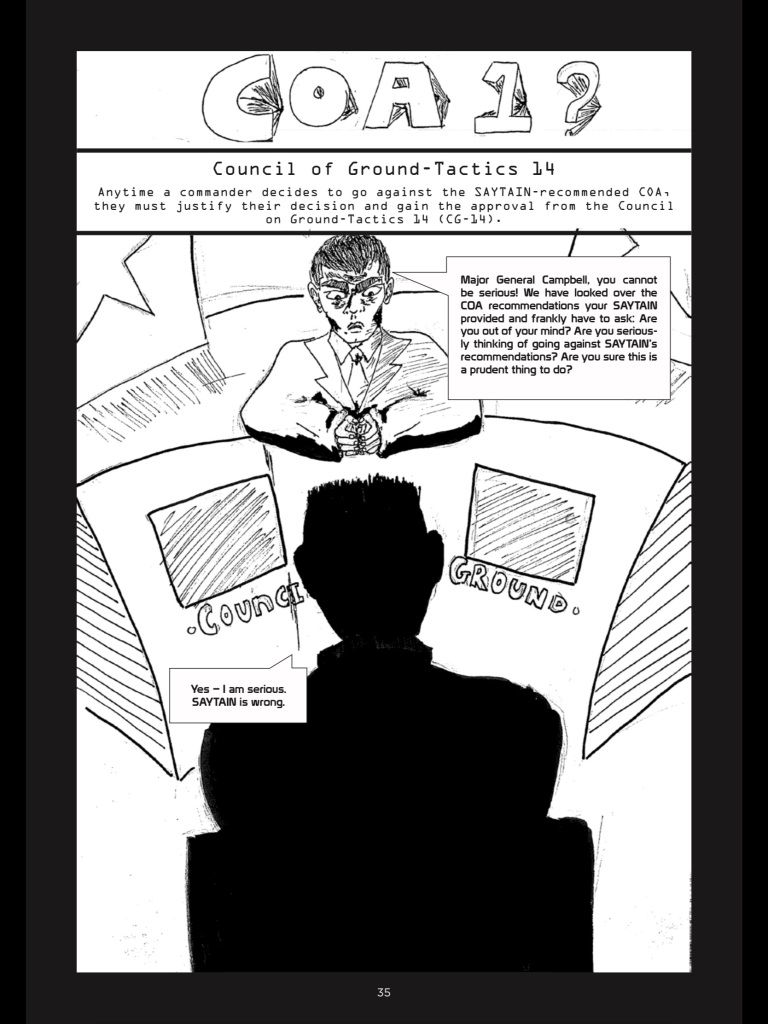It’s an obvious understatement to say technology plays an important role in the Traveller RPG universe. After all, this is science fiction! Although the default setting of Traveller deals with the far future (the 58th century) the original designers of Traveller-related wargames at Game Designers’ Workshop (GDW) in the late 1970’s and early 1980’s tried to keep the technology grounded (no pun intended). As they explained in Striker Book 3: Equipment published in 1981 –
A science fiction game must make assumptions about the nature of future technological developments. In addition to progressive refinements of current weapons and equipment, there are several areas of postulated advanced technology deserving of comment. In Striker, the attempt is made to base technology on principles that are at least logically explainable (even if far beyond present science), avoiding the introduction of mysterious “zapotron rays”.
Striker Book 3: Equipment, p. 4
In previous posts, I looked at the Personal/Tactical-scale and Strategic wargames developed around the Traveller RPG. Of the systems explored, only two (the Abstract System in Mercenary and Fifth Frontier War/Invasion:Earth) explicitly called out different technology levels between combatants as a modifier in combat. In all the other systems the difference of technology was often subsumed by equipment ratings; i.e. higher tech equipment often was more lethal. This is an imperfect representation of reality. Although firepower has often increased from generation to generation, modern (our present day) warfare has introduced other factors, such as precision, that make even “small” weapons more effective than a comparable device in the past.
Take for instance the US military’s GBU-39B Small Diameter Bomb (SDB). This bomb delivers a relatively small warhead (250lb/113kg class). When it strikes, the “damage roll” is not very substantial. The key to the effectiveness of the warhead is the technology embedded in it – the GPS/INS guidance that allows it to self-navigate with a high degree of precision to its target. Thus, the small explosive effect is delivered to (near) precisely the correct location.

Traveller Generations
How a wargame designer depicts the influence of technology in a wargame is a crucial design decision. Does one simply assume all the combatants are at the same relative technology level (“Tech Level” or TL in Traveller parlance) and simply ignore the issue? Or does one try to model the effects of the different technology? If one chooses to model the differences, can it be done in a manner that retain playability without bogging down the game system?
Here is where I think the fine game designers at Admiralty Trilogy Games might have the solution. Their challenge was how to “harmonize” gunnery and missile strikes across several generations of naval warfare starting from the late 1800’s with independent gun laying to the modern day with radars and GPS guidance into a common resolution system. Their (elegant) solution was to define each piece of equipment by the Generation (or Gunnery Standard) it was built with. The generational differences become modifiers for success – or failure. If one really wants you can see what effect a 1980’s EA-6B Prowler in a Final Countdown-like scenario may have against the radars of a mid-1940’s Imperial Japanese Navy carrier task force. That match up is literally what we want in a Traveller RPG wargame; how to compare/contrast forces potentially employing vastly different technological capabilities. The generational approach is also found in several space combat rules systems like Book 5 High Guard where the tech level differences of the ships computer is a modifier.
Traveller Combat System – Counterrevolutionary?
As I studied the various wargames associated with the Traveller RPG universe, one conclusion I keep coming back to is that the game mechanics all convey a very 1970’s view of warfare. The reining thought of that day was that lethality was going to keep increasing given greater firepower. You can see this in the weaponry from the Ironmongery sections of Book 4 Mercenary where you go from a TL7 Assault Rifle with 4D damage to the TL15 Fusion Gun Man Portable (FGMP-15) with 16D damage (let’s not even talk about the Field Artillery which does 20D damage). Sure, the Vietnam War showed hints of what precision guided weapons might be able to do -someday- but it was not until the Gulf War in 1991 (a decade after the publication of Striker) that guided weapons truly came of age (and even then it was mostly Laser Guided Bombs or anti-radiation missiles, not even GPS like today).
I am of the opinion that if one is going to portray combat in the far future, what is depicted is going to be very different than what we have today. I am reminded of the writing of Thomas Keaney and Eliot Cohen in Revolution in Warfare? Air Power in the Persian Gulf (originally the Gulf War Air Power Survey Summary Report for the DoD in 1993 but republished by Naval Institute Press in 1995). In Chapter 9, the authors take on the question, “Was Desert Storm a Revolution in Warfare?” They offer these thoughts:
A useful definition of a revolution in warfare might be a quantum change in the means of waging war and its outcome, such as the very face of battle– its lethality, pace, and geographical scope– is transformed. In most cases, a revolution in warfare involves the rise of new warrior elites, new forms of organization, and new dominant weapons.
Revolution in Warfare? p. 200
Keaney and Cohen go on to tell us, “Technology alone does not a revolution make; how military organizations adapt and shape new technology, military systems, and operational concepts matter much more” (Revolution in Warfare? p. 201). None of the Traveller RPG combat systems I reviewed, tactical or strategic, come close to depicting a “quantum change” in warfare. There is no new “warrior elite” in character generation nor “new organizations” in the sourcebooks or “dominant weapons” – even with all the handwavium of Plasma or Fusion or Meson guns. None of these Traveller RPG-related wargames even depict War in the Information Age, or whatever may be beyond that.
Please don’t take this critcism of GDW Traveller-related wargames as a negative; the designers of Traveller wargames, with Frank Chadwick in particular, delivered some fine wargames in their time (and still do today). Portraying combat in the far future is hard and, at least for me, often disappointing. I can’t even start to explain my hatred of combat in Star Wars (awesome cinematography but definitely not futuristic). Other science-fiction wargame rules like Dirtside II (Ground Zero Games -GZG- 1993) or Stargrunt II (GZG, 1996) or Hammer’s Slammers (Pireme, 2004) or Tomorrow’s War (Ambush Alley/Osprey Games, 2010) are maybe best described as late 20th century warfare with sci-fi weapons.
Oh, the humanity
I’ll point out that focusing on technology in future warfare works, to a point. Alas, a weapon generational approach to describing the differences does not account for the human factor. Here I’ll direct your attention to the excellent Destinations Unknown series of (serious) web comics from the Marine Corps University Press. Volume 1 includes the story “A Matter of Instinct.” It is 2070 and the US Marines are sent in to oppose an invasion of Taiwan by China. The Department of War (replacement of DoD) has mandated the use of an artificial intelligence network, SAYTAIN, to determine the proper course of action (COA). Read the story to find out what happens, it’s seriously good!
Feature image courtesy forumns.spacebattles.com


Interesting, thanks for the tip on Destinations Unknown. As for how to model technological differences in sci-fi warfare I’m fine with the approaches of Mercenary and FFW/I:E simply providing an abstract modifier, since so much of it is conjecture, and we never know what we don’t know.
I’m more and more in agreement with you…don’t try to figure out the what just use a modifier to show the impact/effect of different generations of tech.
Make sure you get all three Destinations Unknown as all have excellent content.